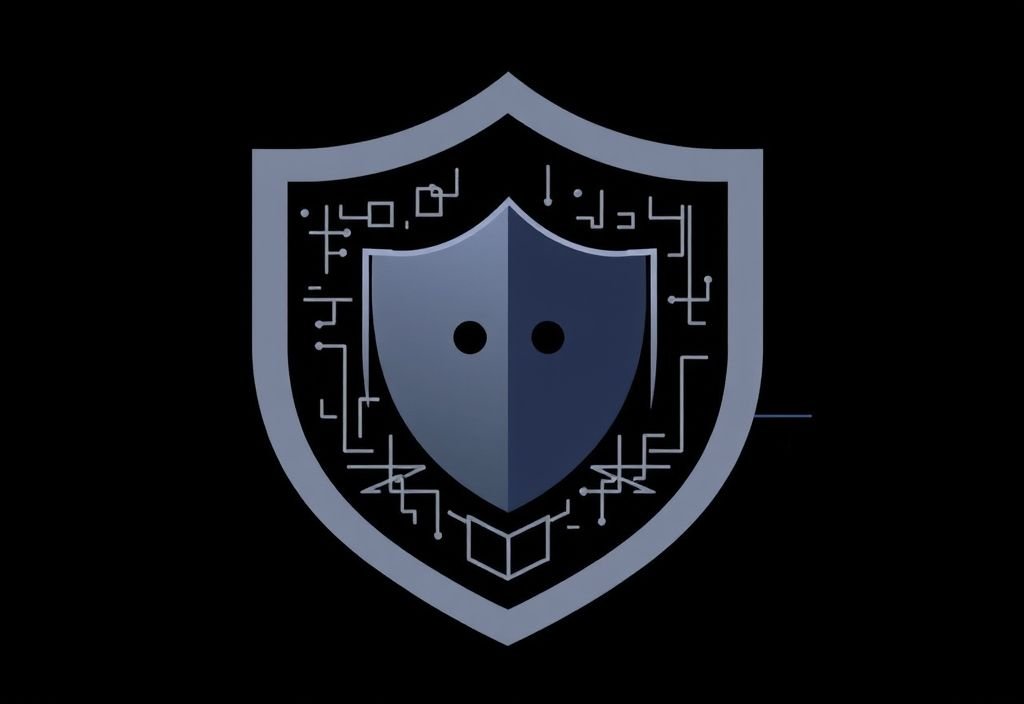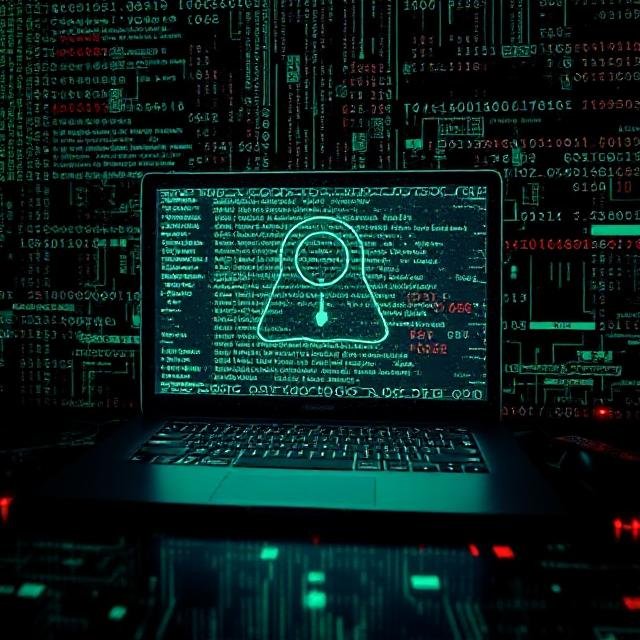
Digital Defense: Must-Know Security Tips for Remote Workers
Remote work has transformed the modern workplace, offering flexibility and freedom like never before. But with this shift comes a new reality — cyber threats are now more relevant than ever .
According to research, 73% of executives believe remote work increases cybersecurity risks . While working from home or on the go is convenient, it also opens up vulnerabilities that cybercriminals can exploit.
The good news? You can significantly reduce these risks by adopting smart security habits. Here’s a practical guide to help remote workers protect company data and stay secure online.
1. Secure Your Home Network
Your home Wi-Fi is the first line of defense. Here’s how to strengthen it:
- Use strong encryption (like WPA3) – This prevents outsiders from eavesdropping on your network.
- Change default router settings – Default usernames and passwords are easy targets for hackers.
- Keep firmware updated – Manufacturers regularly release patches for known vulnerabilities.
2. Manage Passwords Wisely
Weak or reused passwords are one of the easiest ways attackers gain access.
- Use a password manager – Generate and store unique, complex passwords without having to remember them all.
- Enable Multi-Factor Authentication (MFA) – Even if a password is stolen, MFA blocks unauthorized access with a second verification step (e.g., app code or SMS).
3. Protect Your Devices
Every device you use for work should be treated as a potential entry point for cyberattacks.
- Install anti-malware software – Keep it updated to detect and block the latest threats.
- Update your software regularly – Enable automatic updates for your OS, apps, and security tools.
- Encrypt sensitive files – If your device is lost or stolen, encryption keeps your data safe from prying eyes.
4. Use Secure Communication Tools
When handling company information, always ensure your communication channels are protected.
- Use a trusted Virtual Private Network (VPN) – A VPN encrypts your internet traffic, especially when connecting from public or unsecured networks.
- Opt for encrypted messaging and email platforms – Ensure your messages and files stay private between you and the intended recipient.
5. Practice Safe Browsing Habits
Many attacks start with a simple click.
- Keep browsers updated and secure – Enable pop-up blockers, disable third-party cookies, and stick to HTTPS sites.
- Be alert to phishing attempts – Don’t click suspicious links or download attachments from unknown senders. Always verify the sender’s identity.
- Use ad blockers – Some ads contain malware or lead to phishing websites. An ad blocker adds an extra layer of protection.
6. Stay Informed and Prepared
Cybersecurity isn’t just about tools — it’s also about awareness.
- Participate in regular security training – Learn to spot phishing emails, understand social engineering tactics, and follow best practices.
- Know your incident response plan – Understand what to do (and who to contact) if something goes wrong. Quick action can prevent small issues from becoming major breaches.
7. Take Personal Responsibility
Security starts with you.
- Maintain good digital hygiene – Back up your data regularly and avoid mixing personal and professional accounts.
- Stay skeptical of suspicious behavior – Social engineering attacks rely on trust and urgency. When in doubt, double-check.
Secure Your Remote Workforce Today
Remote work offers great benefits — but it also requires a proactive approach to cybersecurity. By following these essential practices, remote workers can play a key role in protecting their organization’s data and systems.





